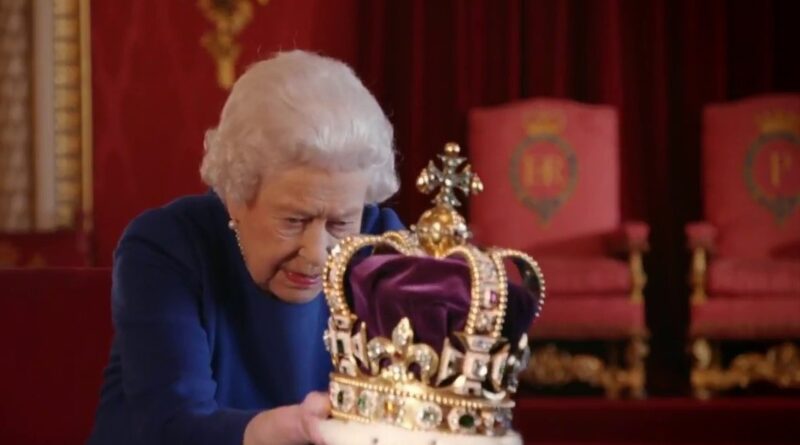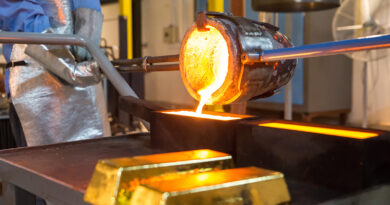The most famous crown jewels come from very deep
The year 2020 marks 115 years since the discovery of the largest gem diamond ever found: the 3,106 ct Cullinan. Eight decades after it was mined, a team of gemologists conducted the first modern examinations of the two largest diamonds cut from the rough, the 530 ct Cullinan I and the 317 ct Cullinan II, which have been part of the Crown Jewels of England since their presentation to King Edward VII in 1908.
The largest gem-quality rough diamond ever found, weighing 3,106.75 carats, the Cullinan was unearthed from a mine in Cullinan, South Africa in the January of 1905.
Analysis of similar diamonds by the Gemological Institute of America revealed that the Cullinan was a ‘super-deep’ diamond — and one of the rarest objects on Earth.
Giant rough diamond cut into gems that now adorn the Crown Jewels was formed 650 kms below the Earth’s surface — three times deeper than other precious stones.
- Unearthed in 1905, the Cullinan was the largest-ever gem-quality diamond
- It was cut into various stones — the largest of which are set in the crown jewels
- Researchers from the US analysed large gem diamonds similar to the Cullinan
- These were found to once contain bridgmanite, a mineral from the deep mantle
- The team also believe that the famous Hope Diamond also has a deep origin
The finding is part of ongoing research carried out by Evan Smith and Wuyi Wang at the Gemological Institute of America. According to the researchers, recent analyses of this walnut-sized diamond revealed that it contains remains of an important mineral: bridgmanite.
“Finding these remnants of the elusive mineral bridgmanite is significant. It’s very common in the deep Earth, at the extreme pressure conditions of the lower mantle, below a depth of 660 kilometres, even deeper than most super-deep diamonds,” Smith said in his presentation. “Bridgmanite doesn’t exist in the upper mantle, or at the surface. What we actually see in the diamonds when they reach the surface is not bridgmanite, but the minerals left when it breaks down as the pressure decreases. Finding these minerals trapped in a diamond means that the diamond itself must have crystallized at a depth where bridgmanite exists, very deep within the Earth.”
By aiming a laser at the tiny inclusions trapped inside the diamond, the researchers found that the way the light scattered (using a Raman spectrometer) was characteristic of bridgmanite breakdown products.
Smith and his team concluded that the Cullinan diamond was likely formed in the lower mantle and can be considered a ‘super-deep’ stone after examining an analog, large 124-carat diamond from Gem Diamonds’ Letšeng mine in Lesotho.
The Letšeng mine diamond is so pure that it doesn’t contain nitrogen in its crystal structure. This characteristic classifies it as a ‘CLIPPIR’ diamond, which is the same category as that of the Cullinan diamond.
“What is special about this one is that it is the first CLIPPIR diamond for which we can firmly assign a lower mantle origin, that is, below 660 kilometres,” Smith said. “Previously, we had known that CLIPPIR diamonds are super-deep and speculated that their depth of origin might span 360 to 750 kilometres depth, but we hadn’t actually seen any that were definitely from the deeper end of this window.”
In the researcher’s view, this finding gives a better idea of exactly where CLIPPIR diamonds come from and also shows that there is some overlap in the birthplace for CLIPPIR diamonds and type IIb diamonds, such as the famous Hope diamond. This rare blue gem was owned by monarchs, bankers, heiresses, and thieves until it landed at the Smithsonian National Museum of Natural History in Washington DC.




